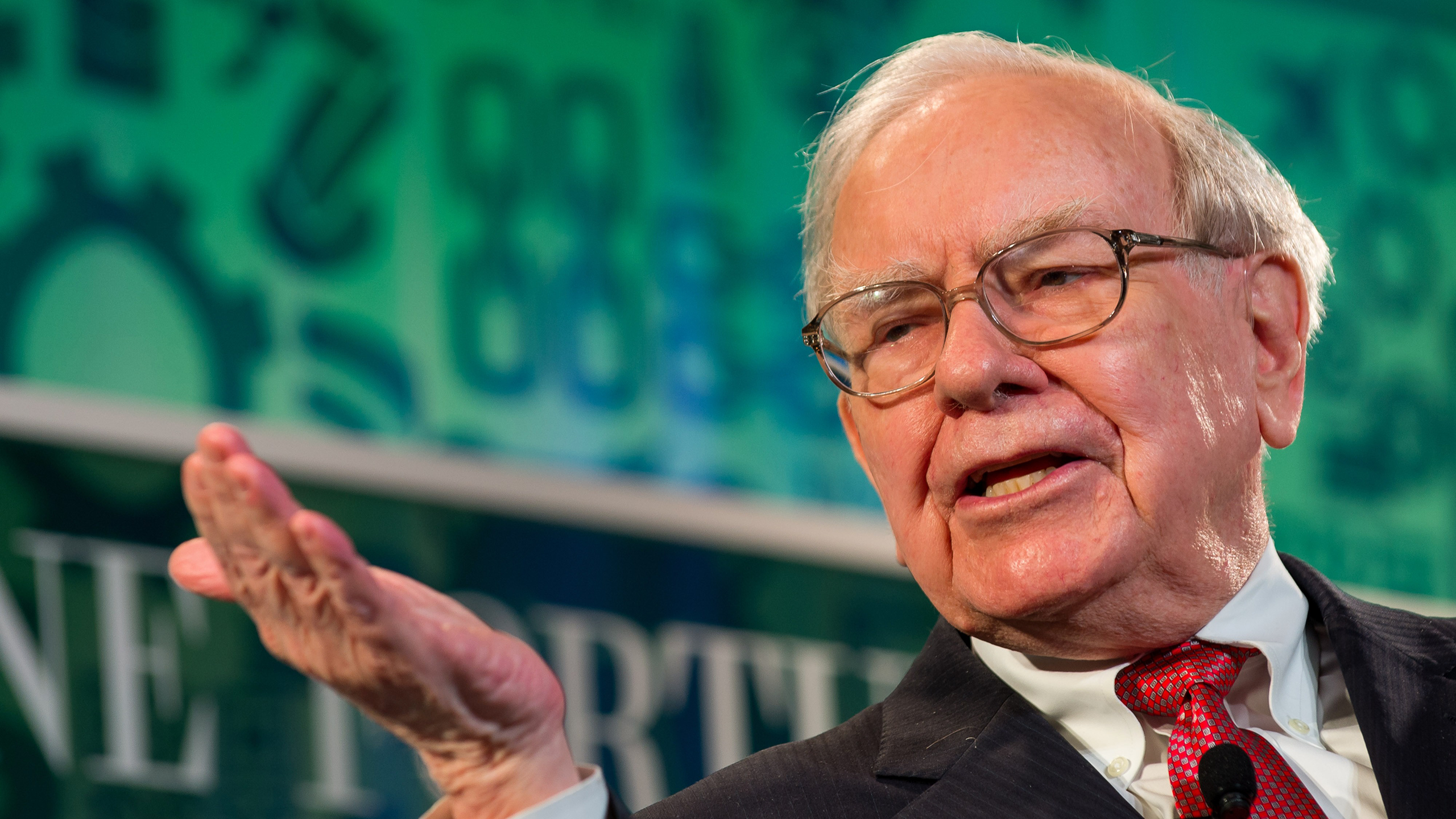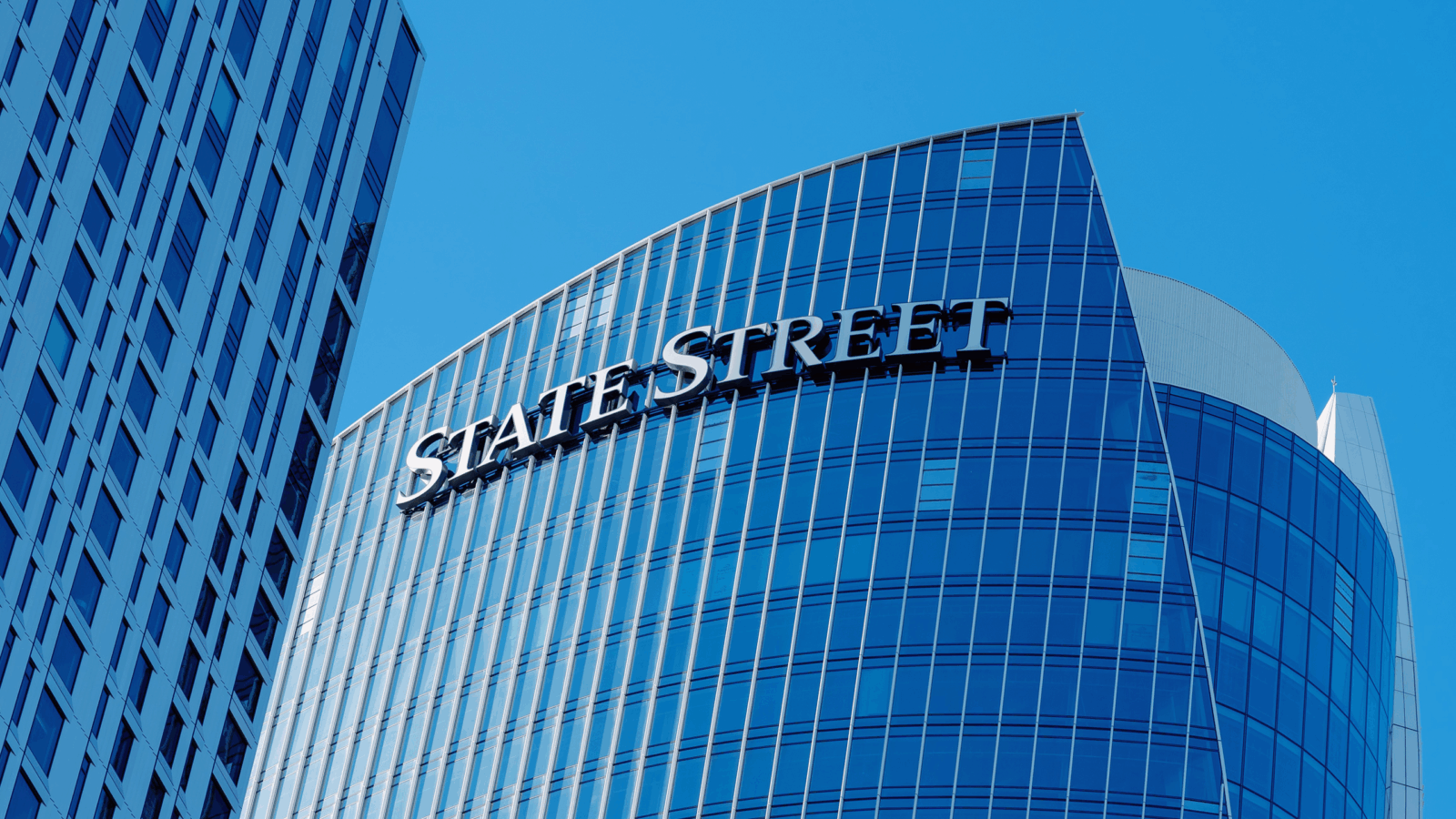ETF Shop Bets on Allure of Warren Buffett’s Berkshire
The VistaShares Target 15 Berkshire Select Income ETF has attracted assets quickly, reflecting interest in the company that it focuses on, which has…
Sign up for exclusive news and analysis of the rapidly evolving ETF landscape.
There are few large companies doing better this year than Berkshire Hathaway, whose annual meeting on Saturday drew tens of thousands to hear from its CEO, nicknamed the Oracle of Omaha.
Now, a new ETF seeks to invest like Warren Buffett, with a twist — it aims to pay out income of 15% per year, or 1.25% monthly. With Berkshire Hathaway stock being up 20% this year, that might be something a lot of investors are looking for. There’s at least one early indication of that — the VistaShares Target 15 Berkshire Select Income ETF (OMAH), which launched March 5 but has only been selling for two weeks, has attracted nearly $100 million. “It came out of the gate very strong,” VistaShares CEO Adam Patti said. “It’s coming from a combination of RIAs serving their clients, and retail.” At just over $19 per share, the ETF is more accessible than Berkshire’s Class B stock (BRK.B), at $540, or especially its Class A shares (BRK.A), at nearly $810,000.
Betting Like Buffett?
The ETF invests in 21 securities, with the top holding being Berkshire Hathaway (BRK.B) and the other ones being the largest public holdings in that firm’s portfolio, Patti said. The ETF uses an active options overlay, and it rebalances quarterly to bring it in line with Berkshire’s portfolio, he noted. “Berkshire clearly has a massive following, but doesn’t pay a dividend. And we wondered if there was something there.” To that point, the company has paid a dividend once in its history, which happened in 1967. The two use cases for the ETF are traditional core equity exposure and income, the latter of which acts like a synthetic dividend for BRK.B, he said. “We’re coming off of a market that was largely momentum driven for a couple of years…It’s in the bull’s eye of where investors are looking now.”
Data show that the ETF’s returns diverge from those of BRK.B:
- OMAH is down 3% since its March 5 inception.
- BRK.B is up 20% year to date.
Incoming ETFs: “We’ve seen an income version of every strategy come to market in the past couple years,” said Bryan Armour, Morningstar’s director of ETF and passive strategies research for North America. Single-stock ETFs have been part of that trend, and the benefit for individual investors is unclear at best, in part because the potential returns are limited by the income features, he said. “It ends up not being, in my opinion, one of the better strategies you could have.”








